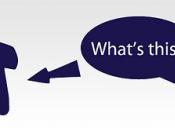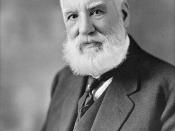1. Introduction
Computer and telephone networks inflict a gigantic impact on today's society. From letting you call John in Calgary to letting you make a withdraw at your friendly ATM machine they control the flow of information. But today's complicated and expensive networks did not start out big and complicated but rather as a wire and two terminals back in 1844. From these simple networks to the communication giants of today we will look at the evolution of the network and the basis on which it functions.
2. The Beginnings
2.1. Dot Dot Dot Dash Dash Dash Dot Dot Dot
The network is defined as a system of lines or structures that cross. In telecommunications this is a connection of peripherals together so that they can exchange information. The first such exchange of information was on May 24, 1844 when Samuel Morse sent the famous message 'What hath God wrought' from the US Capitol in Washington D.C.
across a 37 mile wire to Baltimore using the telegraph. The telegraph is basically an electromagnet connected to a battery via a switch. When the switch is down the current flows from the battery through the key, down the wire, and into the sounder at the other end of the line. By itself the telegraph could express only two states, on or off. This limitation was eliminated by the fact that it was the duration of the connection that determined the dot and dash from each other being short and long respectively. From these combinations of dots and dashes the Morse code was formed. The code included all the letters of the English alphabet, all the numbers and several punctuation marks. A variation to the telegraph was a receiving module that Morse had invented. The module consisted of a mechanically operated pencil and...


